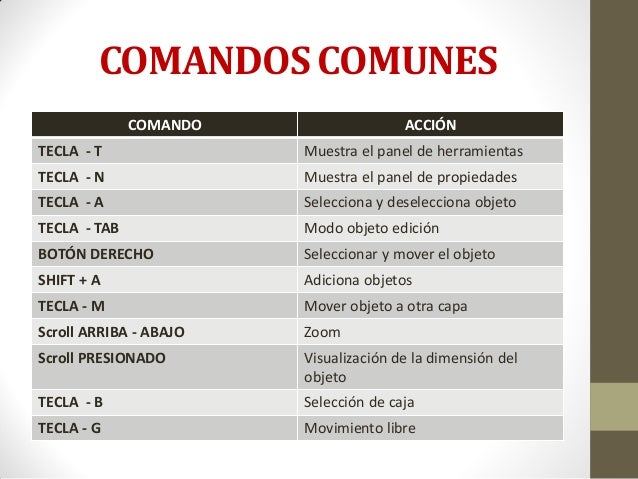
We added None for IBL Environment Mode (aka Image-Based Lighting), which basically turns it off. This also helps overcome various network issues such as caused by proxy servers, firewalls etc. This can reduce the time required for building desktop apps. You can also manually download the Electron.js builds so that no Internet connection is required at all for operation of the converter. From now on, it will download its dependencies from our CDN instead of GitHub. We reworked the feature for converting a Verge3D app into a desktop application. PL.procedures() // trigger a procedure puzzleĪgain, see the React or Vue.js templates for a complete working example. Import from './visual_logic.js' Ĭonst PL = createPL(v3d) // stands for "puzzles logic" We updated the docs correspondingly.įinally, there are some other good news for developers! The module visual_logic.js generated by the Puzzles can now be statically imported in your Verge3D apps or packaged together with the engine and the app logic by such tools as Webpack or Rollup.

We took advantage of the npm package ourselves by updating and simplifying the templates for creating React and Vue.js apps, as those now rely on the npm version of Verge3D. See this page in the Developer Reference for more info. Having Verge3D ready from npm will surely make the life of web 3D devs easier as you can now install, upgrade and integrate the engine with your JavaScript projects within a familiar environment. It makes it possible to create a Verge3D application with just a few lines of JavaScript code (way shorter than Three.js!). This package also includes a script to activate the license. We published both an ES6-modules-based and a conventional builds of Verge3D in the npm repository. Thanks for reporting this issue on the forums. We fixed the export crash when using Follow Path constraints in Blender older than 2.93. This issue was reported through the Enterprise support channel. We fixed loading of scenes with meshes shared by skinned and non-skinned objects. We fixed the crash with gltf-compatible materials in older versions of Blender.


 0 kommentar(er)
0 kommentar(er)
